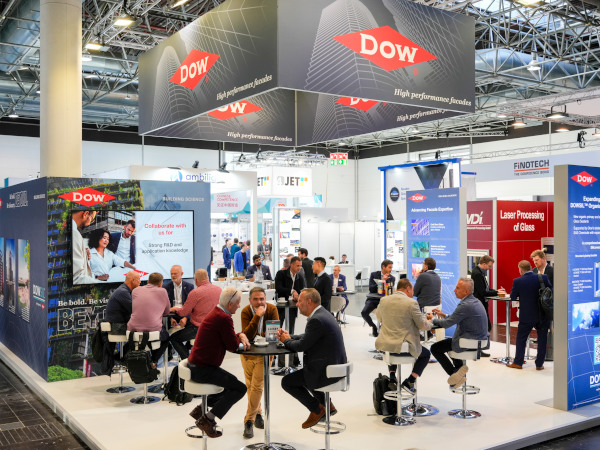Date: 16 November 2015
The report predicts not only how the industry will look in 2045, but also points towards some unexpected uses of technology, like how Artificial Intelligence may be incorporated into building infrastructure.Some of the key findings of the report include:Super-tall buildings will be like mini-citiesThe London Skyline in 2045 will have super-tall structures and a spaceportWith a rapidly changing economy, Hewden feel like there will be a need for far more low-cost housing for low- and medium-paid workers.Due to environmental demands restricting available space, and the cost of land being very high, buildings will probably need to grow upwards.
This will lead to super-tall buildings being able to function as small cities in their own right, with all the usual city functions mixed within the same building. There may be large sections of the building with very specific functions – such as floors dedicated to sport or work.
Transport will be electric and drive itself
In the cities of 2045 driverless vehicles will be the norm.
As you will have seen in recent news headlines, driverless vehicles are becoming more and more popular amongst car manufacturers worldwide such as BMW, Mercedes and Audi.
Hewden can’t envisage a future without driverless cars: “Self-driving cars and trucks will be ubiquitous by 2045, almost entirely fleet managed, with private ownership almost non-existent, since there is almost no point in owning one. As well as greatly reducing cost, pollution, congestion and accidents, it also means that roads will need far less street furniture, signs, bus stops or taxi ranks.”
With automation and technology advancing everyday, it’s clear that the next 30 years are going to be very exciting for the world of construction. Hewden’s full report on the future of construction is available here. http://www.hewden-catalogue.co.uk/constructing-the-future/










Add new comment